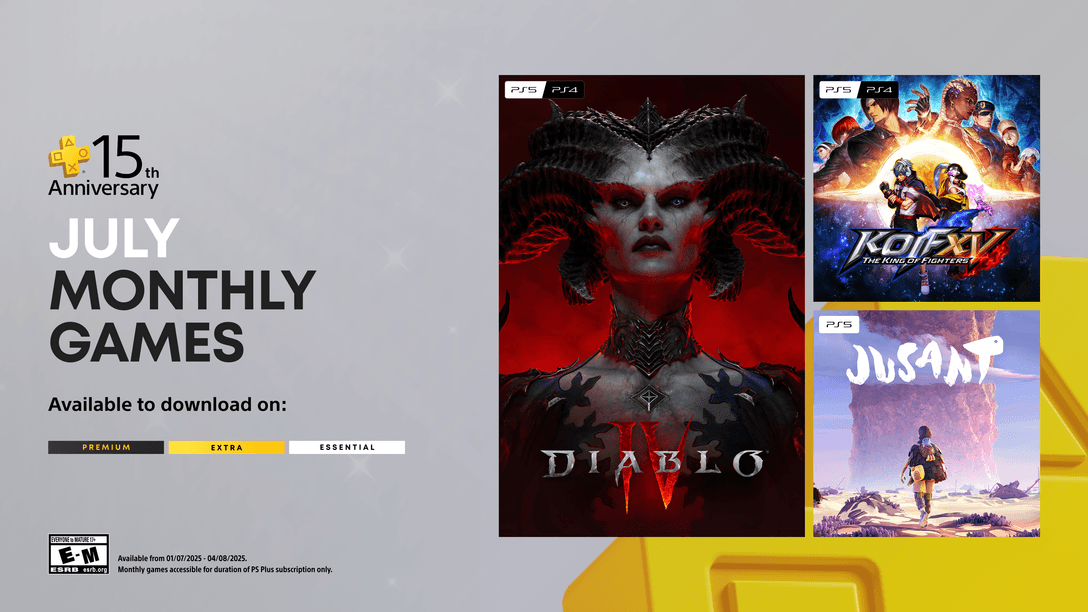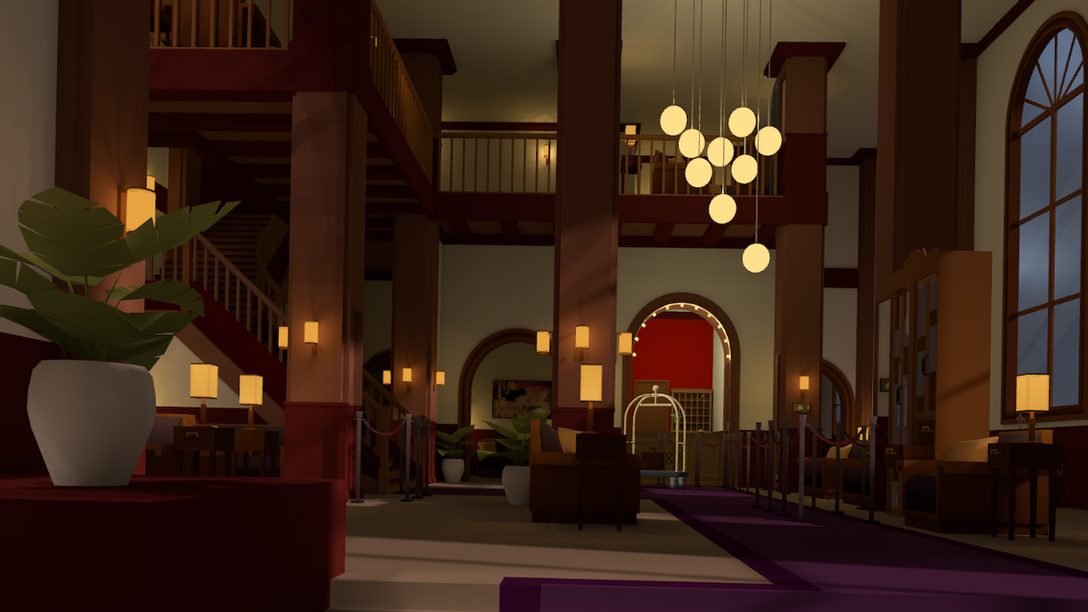
As Rainbow Six Siege joins PlayStation Plus, the team-based tactical shooter’s creator explains its ever-evolving gameplay through the lens of its latest Operator.
Rainbow Six Siege has joined the Ubisoft+ Classics catalog meaning it is now free-to-play for all PlayStation Plus Extra and Premium members. A multiplayer shooter, where information and knowledge can be as important as aim and destruction, Rainbow Six Siege rewards smart strategy and planning. If you’ve yet to take part in the tense and tactical firefights of Rainbow Six Siege, now is the perfect time to jump in, and with 65 different Operators available, there have never been more ways to play.

While every Rainbow Six Siege Operator introduces a unique game-changing gadget into the fold, Year 7 kicked things into high gear with the launch of Season 1, Demon Veil, and specifically, the new defending Operator, Azami. Azami’s unique gadget, the Kiba Barrier, allows her to deploy a bulletproof barrier at range on a wide variety of surfaces. In Rainbow Six Siege, control over cover, barriers, sightlines, and movement spaces can be just as important as steady aim. Azami’s Kiba Barrier can shift the geometry of a map at a moment’s notice.
Introducing an Operator with so much potential for map manipulation was no easy feat, and took years of ideation, as Game Designer Dominic Clément explains, “The idea for an Operator who could patch holes had been around for a long time, but it wasn’t always possible due to technical restraints. Once it was, one of the first things we did was take Ela mines and kind of smoosh them to make big pancakes. We realized that it was doing a super-efficient job of patching holes, and meant you didn’t need to be close to a surface to create cover, and you could be reactive.”
Previously, if a Defender wanted to block an entryway or patch up a breach, they’d have to go through a long process of deploying cover that left them vulnerable and exposed; plus, certain breaches simply could not be blocked. Now Azami can put up barriers as fast as Attackers can knock them down. “We felt like it was filling a hole we had in the game,” says Clément. “We have a bunch of Operators that can completely obliterate the map, but we didn’t really have anyone who could reconstruct or patch the damage that had been done.”
Rainbow Six Siege launched in 2015, but the development team has been continuing to push the boundaries of what is possible under the hood. As Clément points out, they constantly update the game behind the scenes to support new elements, and a gadget as dynamic as the Kiba Barrier presented some extremely specific challenges. For example, when thrown, Kiba Barriers will expand parallel to the surface to which they are attached. In a game like Rainbow Six Siege, with many different surfaces and realistic maps, it would be very easy to slightly misplace a Kiba Barrier, causing it to expand in the wrong direction.
“Two programmers, Thomas Texier and Wilfried Pouchous, are the geniuses behind the code of the Operator,” says Clément. “We know how players like to stress-test our Operators, and if they can be broken, our players will figure out how.”
Texier and Pouchous may have helped make sure the barrier deployed as intended, but there was still the issue of players using them in ways developers never anticipated. Early in the development process, Azami’s Kiba Barriers introduced an unforeseen, potentially game-breaking issue, as testers discovered that they could use the bulletproof barriers as platforms to climb. “At first, we allowed Kiba Barriers to deploy both horizontally and vertically,” says Clément. “That meant if you were deploying close to a ledge it would expand above the ledge and you could stack them and create a new platform for yourself. We had players parkouring all around the map in our play sessions, and someone managed to make a stairway all the way to the edge of our sky box. We quickly realized that we couldn’t allow players to walk on them unsupported.”
The potential for players to be able to access nearly any area, especially areas that developers never intended for players to be, would break Siege’s unique brand of gameplay, in which information is paramount and understanding where your opponent is – and, more importantly, can be – can be the difference between a win and a loss. Thanks to the work of developers like Clément, Texier, and Pouchous, that’s not an issue Siege fans will ever have to worry about.
Azami may have been an Operator seven years in the making, but her introduction has only opened the doors for what’s possible in Rainbow Six Siege. “We have other ideas in mind that we want to put into the game,” says Clément, “that go above and beyond what players might expect.”
Rainbow Six Siege is in its seventh year of post-launch content with the recent release of Year 7 Season 3 Operation Brutal Swarm. The upcoming Season 4 will wrap up Year 7 for Rainbow Six Siege but stay on the lookout for more information at the Six Invitational in Montreal, Canada from February 7-19. Not only is the Invitational Siege’s biggest competitive event of the year, it also gives the development team a chance to share exciting news about what’s coming for the next year of Siege.
Rainbow Six Siege is available today for PlayStation Plus Extra and Premium members.











Comments are closed.
8 Comments
Loading More Comments